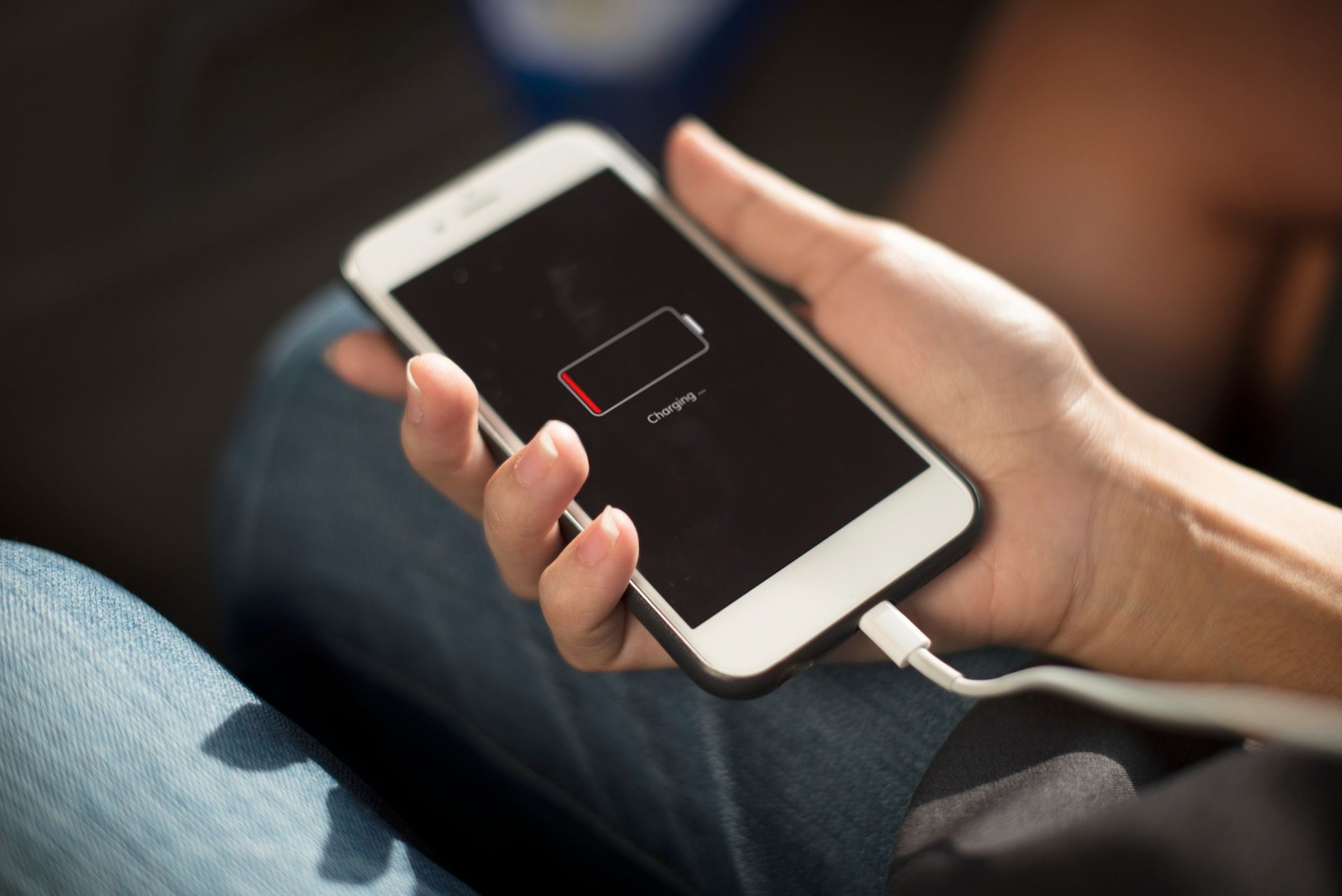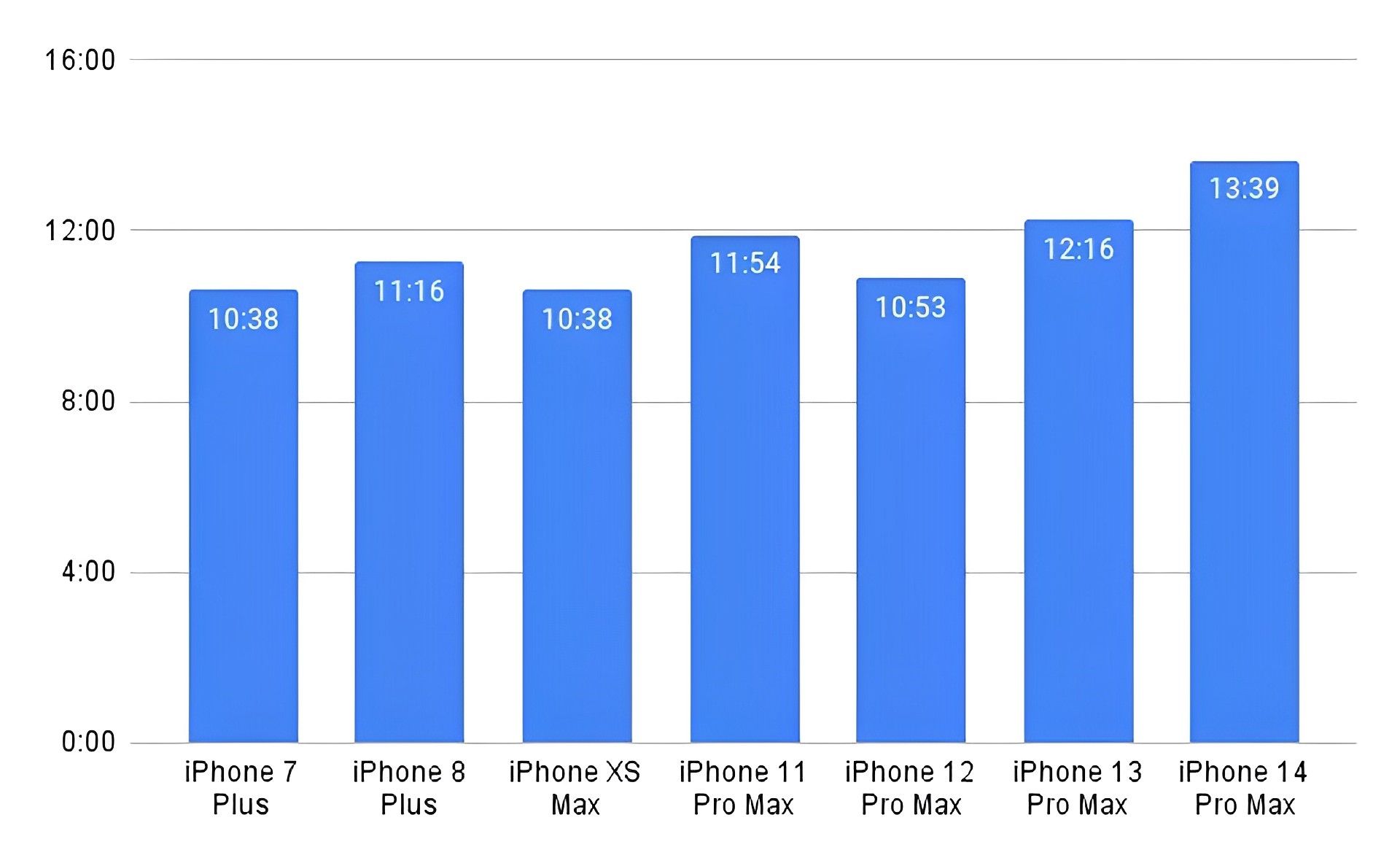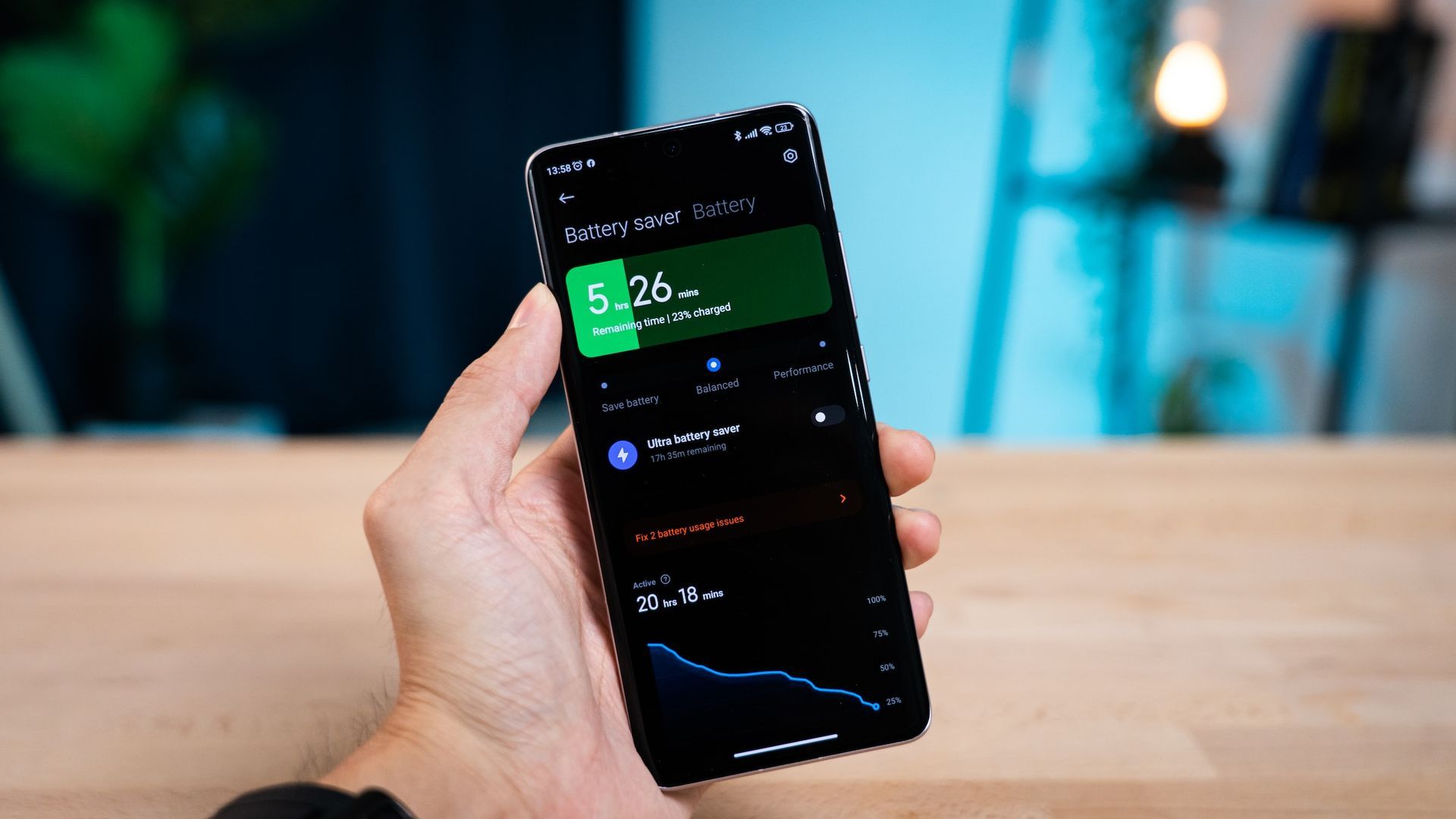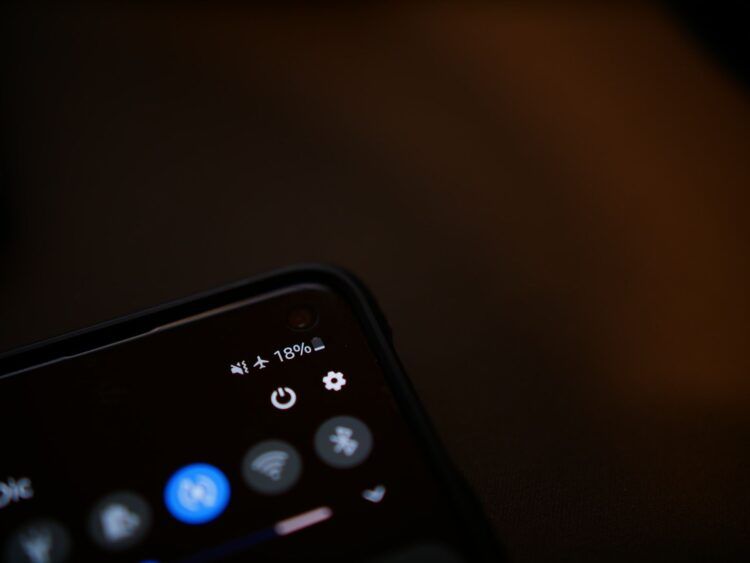In a landmark development, tech giant Apple is poised to pay a significant settlement of $500 million in the iPhone batterygate lawsuit. This payout could lead to eligible iPhone owners receiving compensation of up to $65 each. The ‘batterygate’ debacle revolves around Apple’s deliberate throttling of older iPhone models to extend their battery life, an action that generated widespread outrage among consumers.
Let’s delve into the details of this case, its implications, and how Apple’s approach to battery management has evolved.

Meanwhile, this is not the only settlement that Apple had to sign recently. Check out why Apple faces a $1B App Store antitrust lawsuit from UK devs to estimate the total sum for the company.
Background of the iPhone batterygate lawsuit
Termed one of the most notable Apple missteps, ‘batterygate’ joins the ranks of past controversies such as bendgate, antennagate, and the ill-fated Pippin. Acknowledging their lapse, Apple issued a rare apology and offered discounted iPhone battery replacements as an initial response.
The controversy first emerged in 2017 when numerous older iPhone users accused Apple of deliberately slowing down their devices through a software update intended to enhance battery life.
The legal roadmap
Apple agreed to settle the estimated $500 million lawsuit in 2020, but the payment was contingent on several factors, including the identification of eligible claimants. It was reported that a recent judicial ruling has paved the way for the disbursement of payments. The delay was partially due to the requirement that Apple provide the names and contact information of eligible iPhone owners involved in the lawsuit.
While two dissenting iPhone owners contested the settlement of the iPhone batterygate lawsuit, their appeal was unsuccessful, resulting in Apple agreeing to pay $310 million of the total settlement amount. However, the actual compensation amount depends on the number of approved claims. Approximately 3 million claims have been received, leading to an estimated compensation of $65 per user. This figure remains subject to change as numerous claims are still being evaluated.
The affected iPhone models and their evolution
The throttling issue impacted several iPhone models, including the iPhone 6, 6 Plus, 6s, 6s Plus, and SE running iOS 10.2.1 or later before December 21, 2017, along with the iPhone 7 and 7 Plus running iOS 11.2 or later. These users reported decreased performance following software updates meant to extend battery life.

Since the iPhone batterygate lawsuit debacle, Apple has made significant strides in battery management. iPhones now feature Battery Health management and optimized battery charging based on individual charging patterns. Additionally, the introduction of Low Power Mode aids in extending battery life by temporarily reducing background activities.
Future innovations
Apple’s approach to battery life has evolved considerably, with each new iPhone generation showing improvements in this aspect. Notably, the Apple iPhone 14 Pro Max achieved a spot in the top five of the best phone battery life rankings, bolstered by its power-efficient A16 Bionic chip. Looking ahead, the rumored iPhone 15 Pro and 15 Pro Max are expected to leverage the 3nm manufacturing process of the A17 Bionic chip, further enhancing battery efficiency and overall device performance.

The iPhone batterygate lawsuit serves as a testament to the changing landscape of tech accountability and consumer empowerment. While Apple’s settlement reflects a significant financial commitment, it is unlikely to substantially impact a company valued at over $2.8 trillion. Nevertheless, the incident prompted Apple to reevaluate its battery management practices, leading to innovations that have improved user experience and device performance. As the tech industry continues to evolve, cases like ‘batterygate’ underscore the importance of transparency and consumer trust.
Featured image credit: Sten Ritterfeld / Unsplash





